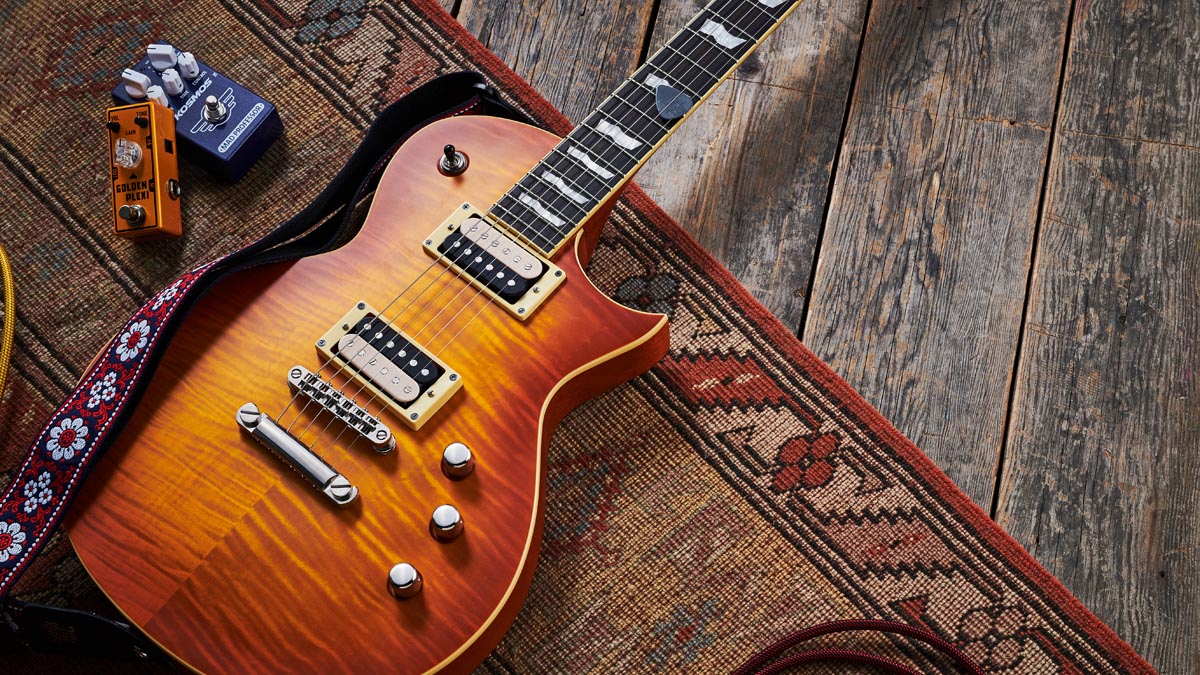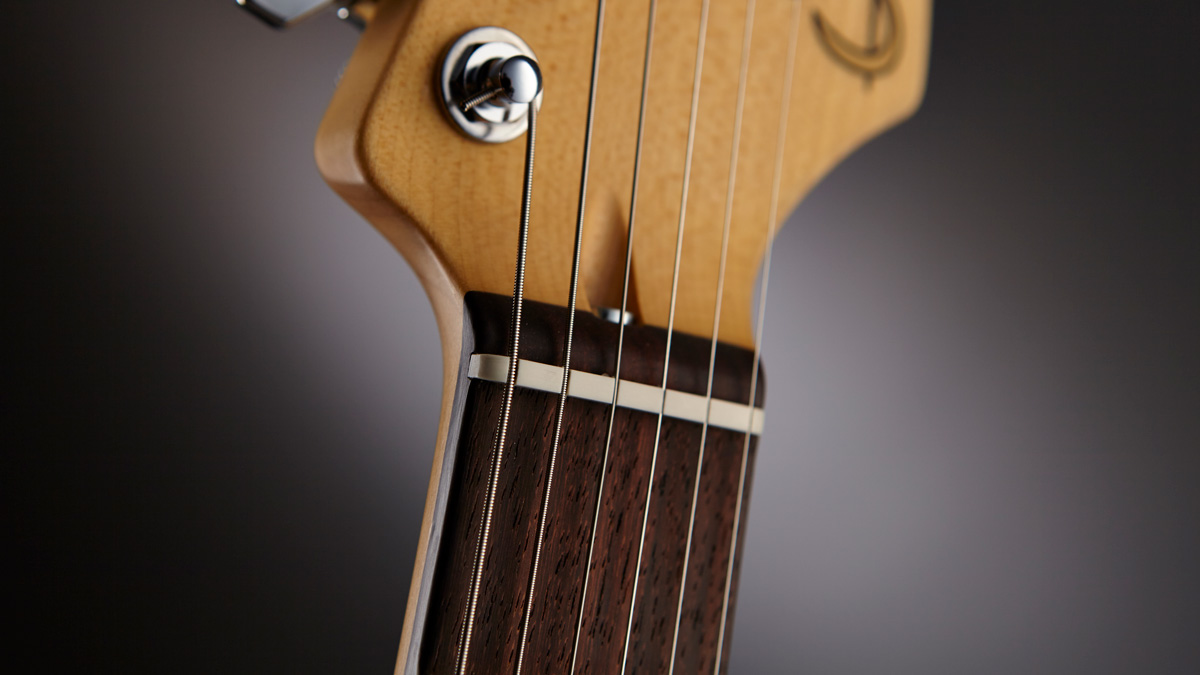How to make your guitar stay in tune
Look after your gear and it will look after you. Here are a few tips to ensure your guitar is in perfect pitch for longer

As guitarists, we are forever chasing the next best thing in gear. It could be the latest drive pedal, or maybe some reverb – hey, you can't live without it. But the most important thing is that we are in tune.
Yes, we know there are a number of examples – on record, no less – where great music has been made with out-of-tune guitars, but being in tune is just ideal. If you are playing to an audience, well, it is just good manners. And if you are playing in the house alone then consider it good hygiene. Tuning up your guitar is like putting on clean underwear in the morning. Without it, you are simply not ready for the day.
But sometimes we tune our guitar and it won't cooperate. You'll play a few chords and then that's it, back to the tuner. Before you go writing the thing off and start shopping for a new guitar, let's take a look at some basic steps that can improve the tuning stability of your guitar.
There are many lessons that promise "you will sound better now!" but this one really might just do that. Put it this way: no-one sounds worse by being in tune.
1. Check your strings
Over time, strings stretch out and lose some ability to stay in tune. It goes without saying that if the strings are starting to corrode, they need to go!
2. Wind them well
Neatly-fitted strings not only help hold their tension more consistently, but you won’t have to risk losing an eye every time you play either! Aim for three neat coils around your tuning peg and try to avoid kinks. Trim the string back, leaving a few mm spare.
3. Stretch them
With your fresh strings fitted, help them settle more quickly by gently stretching them in by hand. Tune up, and pull the strings away from the guitar by about an inch wherever there are pressure points (bridge, nut, etc).
All the latest guitar news, interviews, lessons, reviews, deals and more, direct to your inbox!

4. Apply some lube
Friction from your guitar’s hardware can affect tuning stability, so to combat this try applying some graphite from a pencil to your guitar’s bridge saddles and nut.
